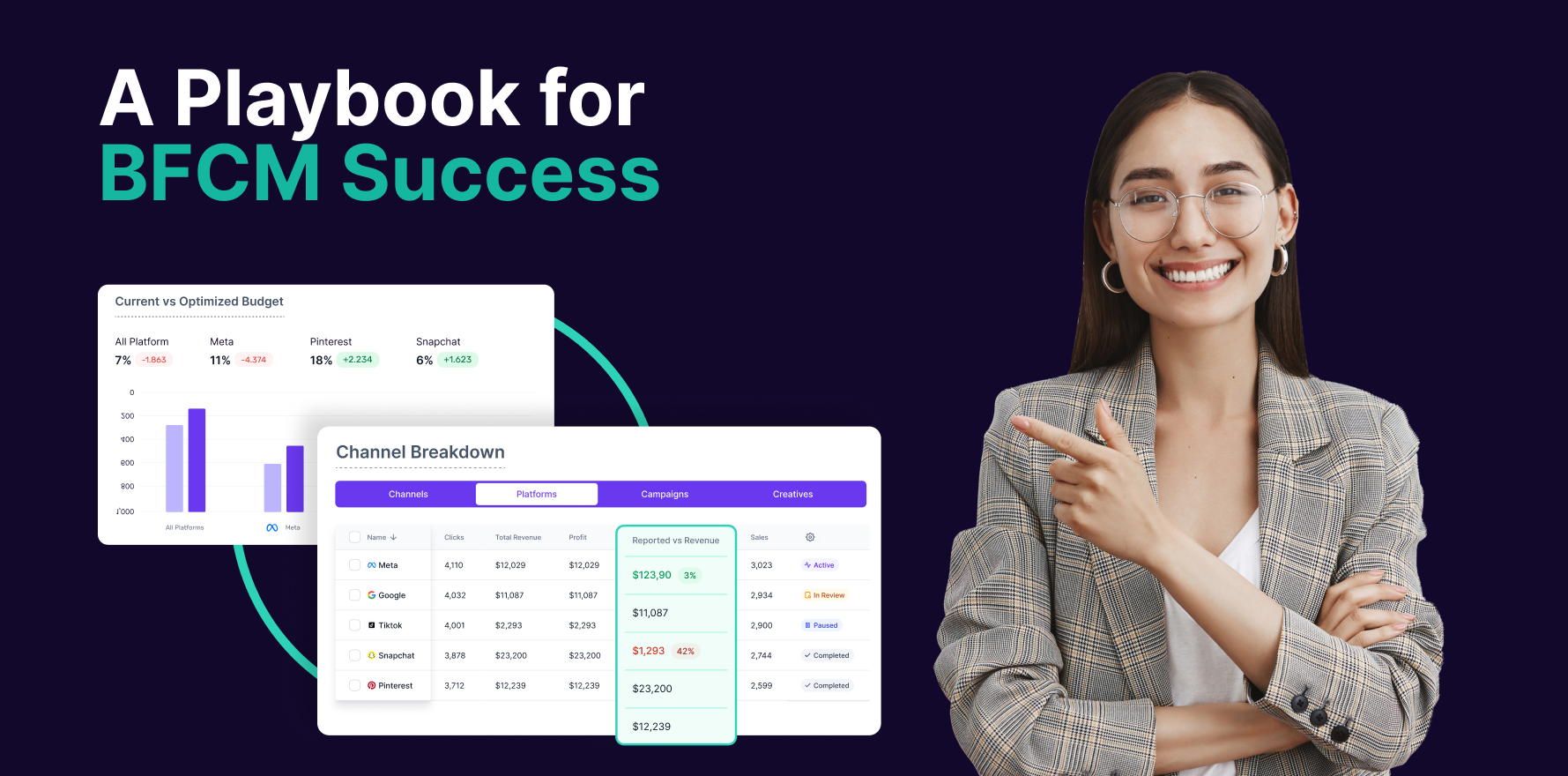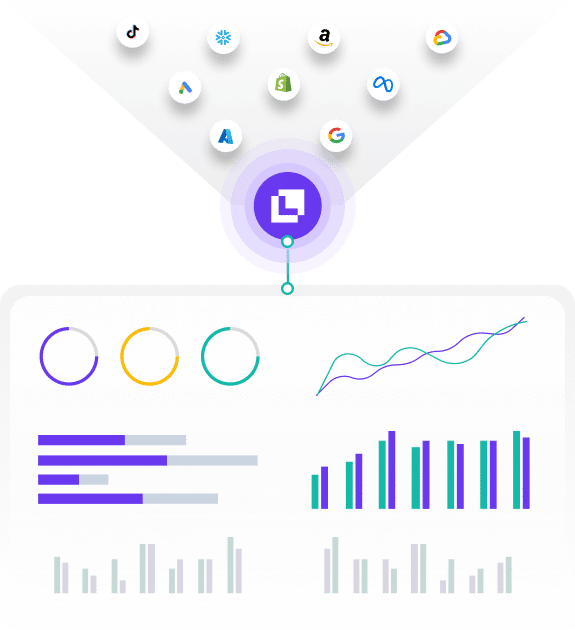What is Impressions per post?
Impressions per post is a metric that looks at how well content performs on social media platforms. It helps evaluate the relevance of the post and can be combined with other metrics to get a more complete understanding of performance. This kind of analysis can be beneficial for ecommerce businesses looking to optimize their social media presence and maximize ROI.
Formula
Impressions per Post = Total Number of Impressions / Number of Posts
Example
- Let’s say you have an e-commerce website and you run a social media marketing campaign for a week. During that week, your posts on various platforms received a total of 100,000 impressions, and you made 10 posts.
- Impressions per Post = 100,000 / 10 = 10,000 Impressions per Post
Why is Impressions per post important?
“Impressions per Post” is a vital metric for e-commerce because it measures how often each social media post is seen by users. It helps businesses understand the reach of their content and identify what resonates with their audience. A higher Impressions per Post indicates better brand exposure and engagement, which can lead to increased website traffic and conversions. This metric guides optimization efforts and helps evaluate the ROI of social media marketing.
Which factors impact Impressions per post?
Improving the “Impressions per Post” metric in e-commerce involves several strategies. Firstly, focusing on content quality and relevance can boost engagement, leading to more impressions. Consistency in posting and timing also matters, as it keeps the audience engaged. Utilizing relevant hashtags, encouraging user-generated content, and collaborating with influencers can extend reach. Additionally, analyzing post-performance data can help refine content strategies. Finally, paid advertising campaigns can be targeted to increase impressions among specific demographics or interests, further enhancing this metric.
How can Impressions per post be improved?
Several factors impact “Impressions per Post” in e-commerce. Content quality, posting consistency, and timing matter. The use of hashtags, audience size, and demographics play a role. Collaborations, paid ads, and algorithm changes can also influence this metric. Monitoring and adjusting these factors is key to optimizing impressions on social media posts.
What is Impressions per post’s relationship with other metrics?
Impressions per post can also be important by itself, as well as in relation to other ecommerce metrics such as website conversion rates and average order value. If the impressions per post are high, it could be an indicator of good quality content, which might also lead to an influx in website visitors and higher sales conversions.
Free essential resources for success
Discover more from Lifesight
















